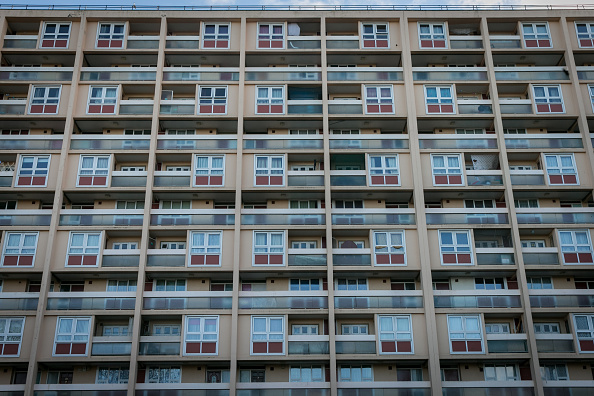We should be creating a Right to Build not reviving more Thatcherite dreams

This week, Boris Johnson mooted the idea of breathing new life into the Thatcherite right-to-buy policy. As the Conservatives face down the barrel of fierce local elections, headline-grabbing policies are a useful tool. With the new right-to-buy scheme, up to 2.5 million households could be able to buy their homes at a discounted price of up to 70 per cent, according to the government.
Right-to-buy was one of Margaret Thatcher’s flagship policies, one which changed the housing stock – the types of homes available – in England forever. Through the scheme, people were able to buy the council houses they’d been renting for a discounted price. Now Johnson wants to do the same, but with housing associations’ properties.
The original policy, in Thatcher’s 1979 manifesto, provided people with a sense of ownership and self-determination. At the time, the proportion of homes available to people looking to buy was relatively even. Much of the social housing sold off was not replaced, creating the foundation for the current crisis, where house prices have been consistently driven up as demand outstrips supply. In other words, the policy enabled the dream of owning a home for many, but it also made that same ambition a chimaera for most young people today.
By resurrecting right-to-buy the prime minister wants to prove he can be a traditional Conservative. Some of his latest interventionist policies, such as putting calories on menus to try and control obesity rates, are far from Thatcher’s style. By helping people to gain ownership of their homes, he’s hoping to win back voters faltering over partygate and the Treasury’s lukewarm response to the cost of living crisis.
This is not a fresh idea. David Cameron flirted with the same policy back in 2015, pledging to give people “a good life”. At the time, Johnson was the mayor of London and far from a supporter of the policy. As the leader of a city at the centre of the housing crisis, he was worried about the level of subsidies needed to sustain the discounts. The amount of money needed from sales to build enough new social homes didn’t stack up and the plans were shelved.
What was true then is true now, with the difference that the housing crisis has worsened and there are 4.2m people in need of social housing in England today. “Every social home sold will make that waiting list longer”, says Kate Henderson, Chief Executive of the National Housing Federation.
The policy would have important financial implications for housing associations, whose costs are already rising as they try to decarbonise and deal with cladding. Their asset is housing stock, and if they lose it that affects their balance sheets and their ability to borrow and invest. “This is a very high-risk strategy, because housing associations have to balance their book as well”, says Rachael Williamson, head of policy and external affairs at the Chartered Institute for Housing. If their margins are slimmed for a vote-winning but financially questionable strategy, social housing could form less of their business models.
The policy is designed to help “generation rent”, but four times as many under-45s rent from a private landlord than a housing association. If Johnson really wants to appeal to younger voters with this narrative, he’d be better off starting in the private sector. “It must start with more sustainable policies that can outlast a political term”, says Anna Clare Harper, Director at rental housing platform IMMO.
At a time when the housing stock is far from enough to satisfy the need, right-to-buy simply doesn’t make sense. Meanwhile, up to 100,000 new homes have recently been hit by a ban on house building by Natural England. The environment watchdog has put the properties on hold following concerns for the natural environment in Devon, Hampshire, Norfolk and the northeast. It could take up to two years for councils to sort this out.
Relaxing planning, easing relations between local authorities and developers, investing in technology and digitalisation are all good policies, even if they don’t have an attention-grabbing top line. Instead of trying to breathe new life into dead policies, Boris Johnson should be trying to build a framework for a Right to Build.